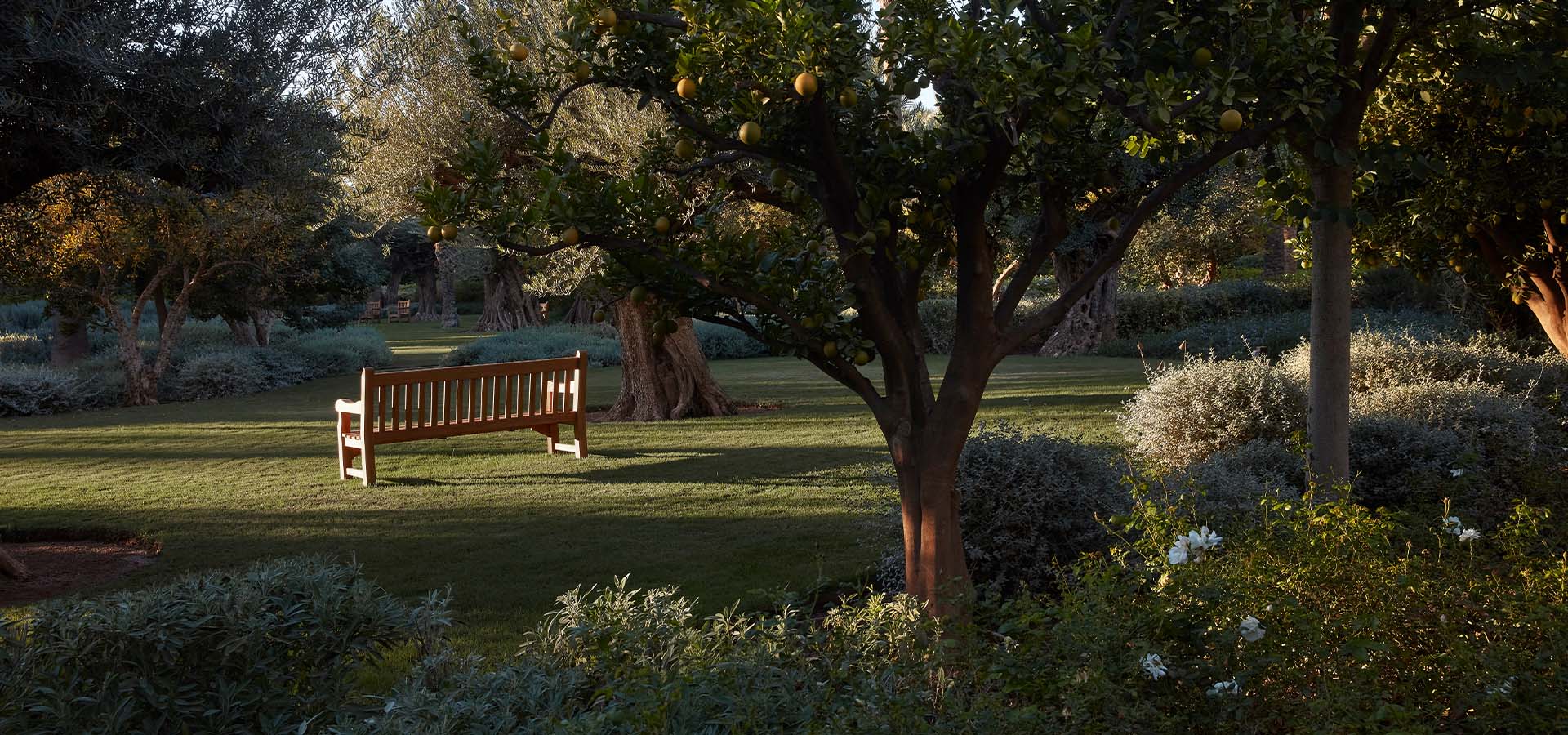
A symphony of nature : Meeting with Luis Vallejo
It has been said that gardens are the visible face of Paradise. It’s easy to believe when you lay your eyes on the verdant oasis of Royal Mansour in Marrakesh, where a lush array of greens -mint, sage, emerald… - stands out from the blue tones of the sky and the ochre of the walls. A symphony of nature created by the Spanish landscape designer Luis Vallejo that showcases the splendour of Morocco and its Andalusian heritage with a dash of Japanese minimalism. ©Isaac Ichou
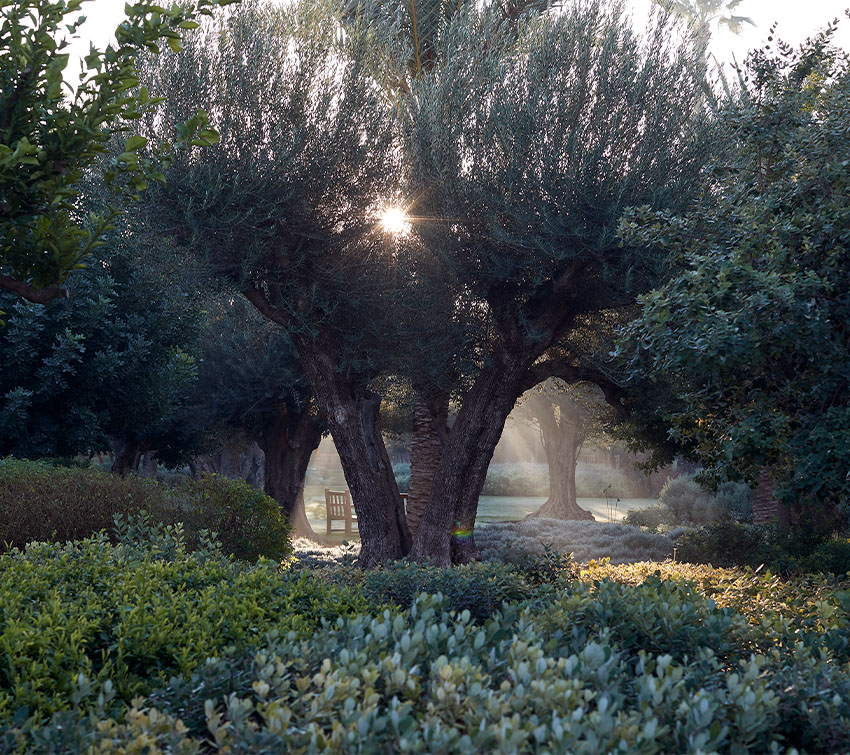
Royal Mansour, in Marrakesh, is not exactly a hotel.
It’s located a short distance from bustling Jemaa El-Fnaa square and could better be described as a town within a town. Or better still as an immense garden where seasoned travellers will find, beyond the drab facades, some of the most beautiful riads in the world. The soundscape adds to the overall impression: the gentle burble of fountains, uplifting birdsongs and the soothing sounds of olive, palm and lemon tree branches swaying in the breeze. ©Isaac Ichou
“Every garden belongs to the place where it is located, its history and its culture. Here I was inspired by Moroccan agricultural landscapes, in Ziz and Todra valleys, and of course by traditional Arabic gardens complete with clever irrigation systems, patios, orchards…”, explains Luis Vallejo, a landscape designer who most definitely knows his stuff. He was born in Madrid, the son of a nursery owner, and learned to appreciate the legendary beauty of Andalusian gardens for himself, starting with the Alhambra in Granada.
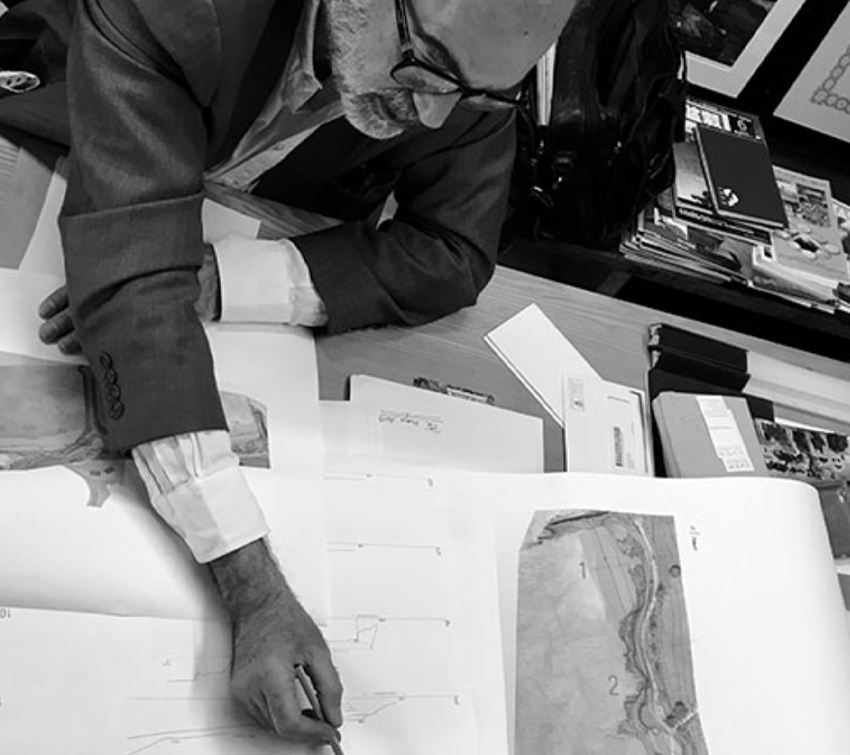
Today he is very much an artist
Luis Vallejo specialises in sun-baked terrains: Saint-Tropez, United Arab Emirates, Tel Aviv, Majorca, to give some examples; he is unrivalled in his ability to transform deserts into stunning landscapes. Engineering plays a role, of course. But above all it’s about a certain sensibility. Luis Vallejo eschews the straight lines characteristic of French-style gardens, preferring a certain idea of freedom, even if, in his words, “when we deliver a project, the priority is to find a gardener who’ll be able to continue the work”. Because a garden is never finished: every season is different and every year has its quota of surprises. Today he is very much an artist: he makes subtle modifications, follows up and gives advice on one of the most beautiful (and secret) spots in Marrakesh. ©Luis Vallejo
And because this is a place for promenades, even meditation, the gardens cover three main spaces: the medina, the swimming pool and the kitchen garden, which he chose for Tectona furniture: “the purity of their lines, the durability of their wood were essential”. ©Luis Vallejo
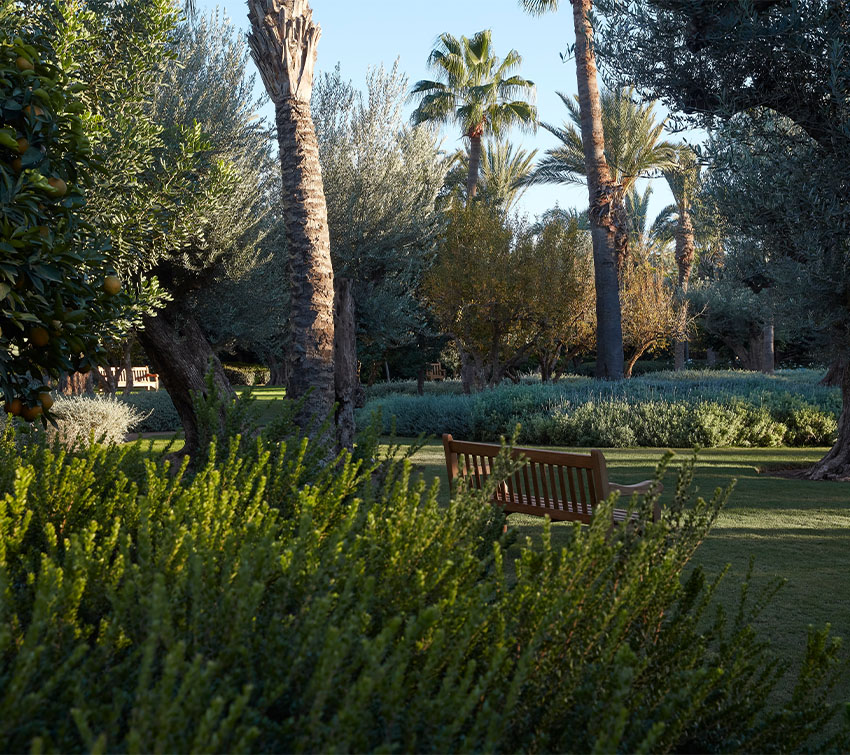
To derive maximum pleasure from these spaces, where every perspective has been meticulously thought out, every seat, every bench must be able to blend into the three-dimensional artwork created by Luis Vallejo. A creative streak runs through his family; while most of his eight brothers and sisters chose music, it remains true that Luis Vallejo’s path is a singular one much beyond his immediate family, encompassing works for private clients and large-scale projects like hospitals in the Spanish cities of Burgos, Madrid and Valladolid. ©Isaac Ichou
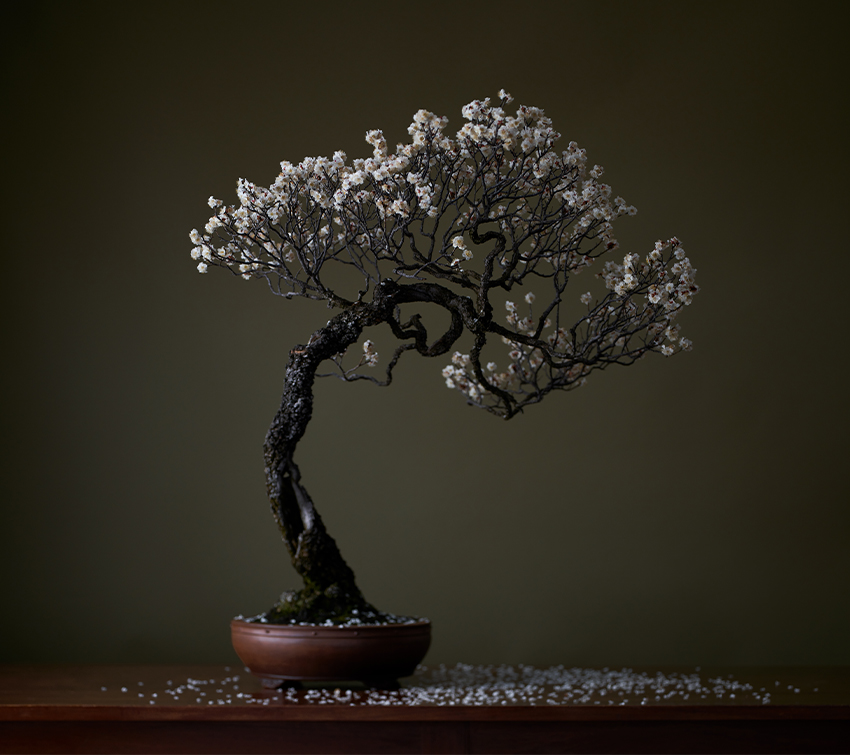
His sense of detail was also honed by Japanese influences.
In the mid-1960s, his father brought back some books from a conference on landscape engineering he had attended in the United States. For Luis Vallejo, these books, which he still owns and enjoys today, were a revelation. His passion for the harmony of bonsai today makes him a worldwide expert. His collection, hosted in the eponymous “living museum” in Alcobendas, is one of the most beautiful in the world. This passion is what led the Japanese government to award him, in 2008, the Order of the Rising Sun, the highest distinction that it can bestow on a foreign citizen for promoting Japanese culture. ©Fernando Maquieira
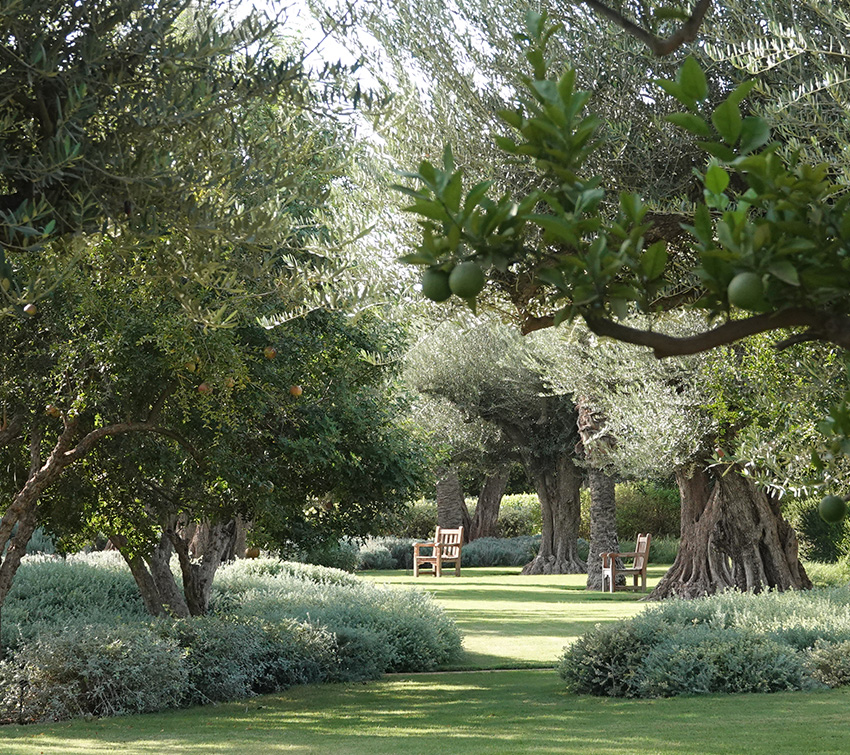
Although the identity of each garden is primarily based on its surrounding territory, Luis Vallejo adds his signature touches to each one, infusing the local culture with his taste for other lands and his long-term outlook. From Morocco to Provence and the East to the Iberian peninsula, he skilfully orchestrates intercultural dialogue with nature as his canvas and never ceases to amaze. ©Luis Vallejo
